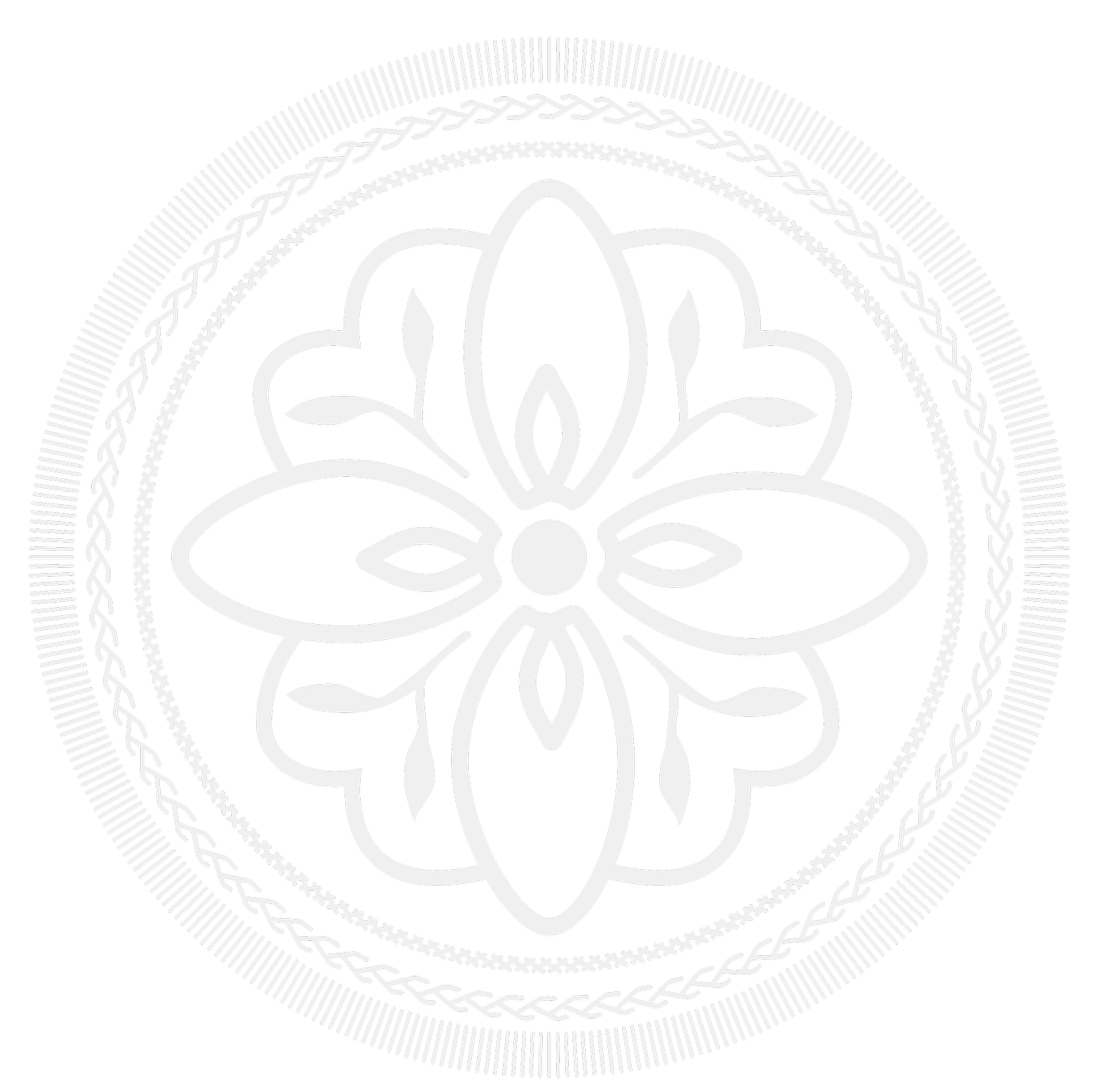Returning to the Heart with Ceremonial Cacao
When we tune into the depths of our hearts, we can see things for what they truly are. The emotions we perceive as negative drop away, and we see everything through the lens of unconditional love - a place of deep awareness where we rise above the wrongs of the world. Ceremonial Cacao, a bean with a rich and sacred history, provides a path to this awareness, allowing us to connect with our hearts and experience acceptance, forgiveness and expansion.
In this blog, I will provide you with a comprehensive guide filled with all the essential information you need to delve deeper into the world of Ceremonial Cacao and discover its transformative power.
What is Cacao and what are its benefits?
Cacao, known for being the main and raw ingredient of chocolate, comes from the seeds of the fleshy fruit or pods, of the Theobroma cacao tree which is native to South America. The name "Theobroma" is Greek for "Food of the Gods," indicating the high esteem in which cacao was held in various cultures.
The cacao tree grows best in tropical regions located within 20 degrees of the equator, with the majority of cacao beans sourced from West Africa and Latin America. Its origin is believed to be in the Amazon rainforest region of South America.
Aside from its delicious taste, cacao is a super food that offers numerous benefits. These include:
High in magnesium: one of the highest sources of magnesium on the planet
High in iron: the highest plant-based source of iron
High on calcium: even higher than cow's milk, with a whopping 160mg per 100g vs 125mg per 100ml
Contains antioxidants, minerals, and vitamins that promote overall health and well-being
Gut health: low in calories and high in fibre
Skin health: flavonoids may protect the skin from sun damage and improve its appearance
Heart health: flavonoids help to lower blood pressure and improve blood flow to the heart
Brain health: compounds like theobromine stimulate brain function and activates neurotransmitters like dopamine and serotonin
Mood boost: natural compounds such as compounds like serotonin, tryptophan, tyrosine and phenylethylamine stimulate the release of endorphins, the feel-good hormone
Spiritual properties: opens up the heart and promotes a positive outlook, embracing and embodying the energies of unconditional love
There are many different varieties of cacao each with its own qualities and different nutritional and therapeutic properties. In addition, when cacao is heated, the amount of serotonin and tryptophan decreases drastically. So let’s keep in mind that these benefits are based on a high-quality organic raw cacao bean made from fermented and dried cacao beans that have not been roasted. Also, it’s important to consider that cacao does contain caffeine and depending on the quality, the quantity of caffeine might vary.
To read more in-depth about Cacao benefits head to these blogs:
https://begoodorganics.com/cacao-5-little-known-benefits-of-this-amazonian-superfood/
https://www.endeavour.edu.au/about-us/blog/health-benefits-cacao/
https://www.shape.com/healthy-eating/diet-tips/cacao-health-benefits
https://manlyfoodcoop.org/raw-cacao-ultimate-mood-booster/
https://selenohealth.com/blogs/learn-about-cacao/the-different-varieties-of-cacao
What is the difference between Cacao, Cocoa and Chocolate?
Cacao, cocoa, and chocolate are different forms of the same ingredient, each with its own unique qualities. Cacao is the starting point, the raw bean from the Theobroma cacao tree. This bean is transformed into either cacao or cocoa powder through a process that involves fermentation and heating.
The result of this process is cocoa, which is the main ingredient in most chocolate products. On the other hand, raw cacao is made by cold-pressing unroasted cacao beans.
Cacao is the pure and unrefined form of the bean, retaining all its natural nutrients and antioxidants.
Cocoa powder, made from roasted and ground cacao beans, is often used as a lower-quality ingredient in chocolate production.
Chocolate is a sweet blend of cocoa powder, cocoa butter, and a high amount of added sugar and artificial ingredients, sacrificing the health benefits found in raw cacao.
In short, the transformation of cacao from a wholesome bean to a processed product, stripped of its natural goodness and altered to appeal to the mass market, is a journey from healthy to unhealthy.
Ceremonial Cacao’s Cultural Significance
The cacao plant has a long history that stretches back over 7,500 years. Its domestication began in the Peruvian Amazon's northern region before spreading to Central America. The Chinchipe tribes of Peru were the first to utilize cacao, with the Chavin culture eventually embracing it as well.
The ancient civilizations of the Mokaya, Olmecs, Mayans, Aztecs, and Incas, who inhabited the lands of Mesoamerica, held cacao in high esteem and made it an integral part of their social, cultural and spiritual practices being constituent of beverage, medicinal products and food.
The word ‘cacao’ stems from the Olmec and Mayan word kakaw. The Aztecs saw cacao as the food of the gods and used it to make a ceremonial drink called Xocolatl. The Maya believed that the tree was a divine gift from the gods, and used the beans to make a bitter drink for religious and political ceremonies. Both the Mayas and Aztecs regarded chocolate as a potent aphrodisiac.
In the 1500s during the Spanish colonisation of the Americas, cacao was introduced to Europe and its flavour was transformed by adding sugar to its bitter taste.
It was during the 19th century that cacao farming expanded to West Africa, largely due to favourable climatic conditions, low labour costs, and the growing demand for the bean. As a result, West Africa now accounts for a significant portion of the world's cacao production, with an estimated 70% of global cacao being grown in the region.
The history of cacao is a testament to the significance and cultural value that this crop holds across different parts of the world.
To read more about Cacao's history read these blogs:
https://selenohealth.com/blogs/learn-about-cacao/the-origins-and-history-of-cacao
https://nomadchocolate.com/blogs/blogs/cacao-101-tracing-the-history-and-origins-of-chocolate
https://purekakaw.com/pages/history-of-cacao
https://bantuchocolate.com/our-journey/history-of-cacao-the-journey-from-south-america-to-west-africa/
What is Modern Ceremonial Cacao?
Modern Cacao Ceremonies are based on traditional and cultural practices that involve consuming cacao in a spiritual or ritual setting. The cacao used in these ceremonies is typically high-quality, minimally processed, and sourced from ethically and sustainably grown cacao beans.
Just like wine cacao also has different grades and calibres that differentiate normal cacao from ceremonial cacao. By drinking cacao in a ritualistic setting, we tap into a deeper sense of self-awareness and understanding, opening our hearts and connecting with the world in a meaningful way. Ceremonial cacao is often consumed in a drink form, typically mixing ground cacao with hot water or plant-based milk or choice, and it is sometimes blended with other ingredients like cinnamon, vanilla, nutmeg, cardamom, chilli or honey to enhance the flavour and potential benefits.
The ceremonial aspect of consuming cacao comes from the belief that consuming the cacao in a specific intention or a sacred setting can enhance the beneficial effects of the cacao. It's believed that cacao can open up the heart, allowing for deeper connection and communication with oneself and others. Cacao ceremonies are often led by a facilitator or healer who will guide participants through meditation or other practices to help them connect with their emotions and the present moment.
Keep in mind that when participating in these ceremonies or when leading this ceremony is super important to acknowledge the origin of the cacao and to mention its cultural importance and traditions. In today’s world, it is so easy to draw from many cultures and traditions as we seek to reconnect with these ancestral practices but we must acknowledge their origins.
In Conclusion
Sustainably sourced and consumed in a ceremonial manner, drinking Cacao becomes a spiritual practice that helps us reconnect with our true essence, beyond the roles we play in life. As we celebrate and honour the traditions and rituals surrounding cacao, it is crucial that we also acknowledge its origins and the communities that have been instrumental in preserving its cultural heritage.
When consuming cacao, it is of utmost importance to understand the source and ensure that it is ethically and sustainably sourced through fair trade practices. By doing so, we not only honour the traditions and heritage surrounding cacao, but we also support the livelihoods of the farmers and communities that have nurtured this sacred crop for generations.
In essence, our appreciation for cacao and its cultural significance should be reflected in the choices we make and the impact we have on the world around us. I trust this blog will support your own journey in connecting to this plant medicine and finding that heart-opening and nurturing space it holds when consume consciously.







